Originally posted by 4CYLPOWER92
Yes, he was practicing stalling, which is why the Stall Warning Horn was activating.
And on small airplanes, yes, it is normal to stall right before touchdown, as you are basically trying to bleed off all excess energy in the flare, before touching down. Big airplanes with swept wings, and many larger planes in general do not fly that way. What ends up happening, is that you continuously pitch up (raise the nose) as the aircraft slows, to keep the rate of descent as slow as possible to get a nice smooth touchdown. Eventually, you are going so slow, the wing can't maintain lift anymore, and it "stalls." Touchdown should occur at or just before the point of the stall. Obviously, though, that is just the end of the landing. A good landing actually starts well before the runway.
The reason for that is that as you slow down, the wing produces less lift, and the only way to compensate, without speeding back up is to increase the Angle of Attack, to maintain lift. To visualize "angle of attack", imagine when you are driving down the road, "flying" your hand out the window. The angle of attack is the angle between your hand, and the relative wind, or the direction of airflow. In the case of "flying" your hand in a car, the relative wind, is coming parallel to the ground, from the front of the car. To create more lift with your hand, what do you do? You make that angle bigger, which in turn makes more lift at a given speed, and causes your hand to rise higher. If you keep making the angle bigger and bigger, your hand eventually drops and stops "flying." That is a "stall."
We practice "stalling" the aircraft, because it teaches the student to fly to the limits of the airplane, it preps us on how to recover if the airplane does stall, and it gets us proficient at making the airplane stall, since it can be used quite frequently. Stalls are also most likely to occur in the real world at low altitudes, and are a major component of "spins," which at low altitude, is VERY bad Juju.
Landing an airplane is very much an art form, and a game of kinestetic and visual skill, as well as a lot of finesse. It is EASILY the hardest thing to learn about flying. It would be very much like playing an instrument, racing a car, or playing a sport. Lots of hand eye coordination and task management. It gets REALLY fun when there is a good stiff crosswind.
 And no two landings are ever the same.
And no two landings are ever the same.





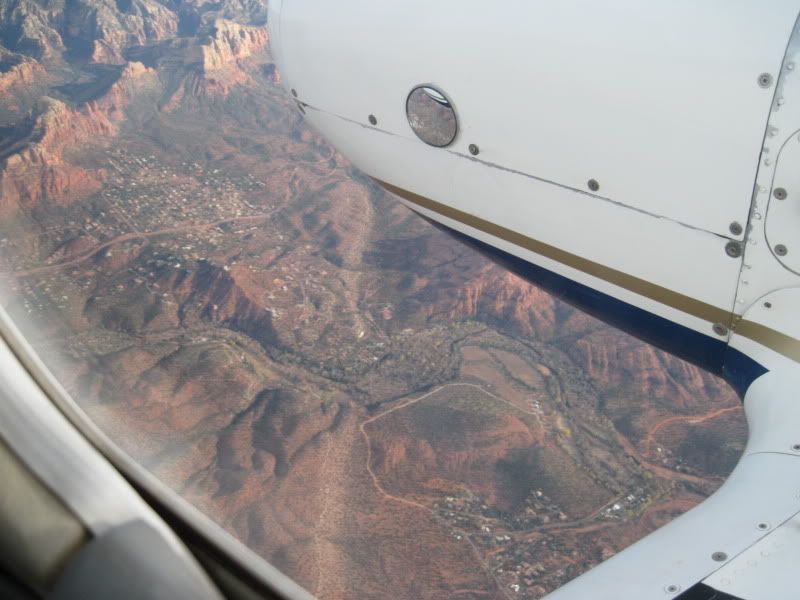

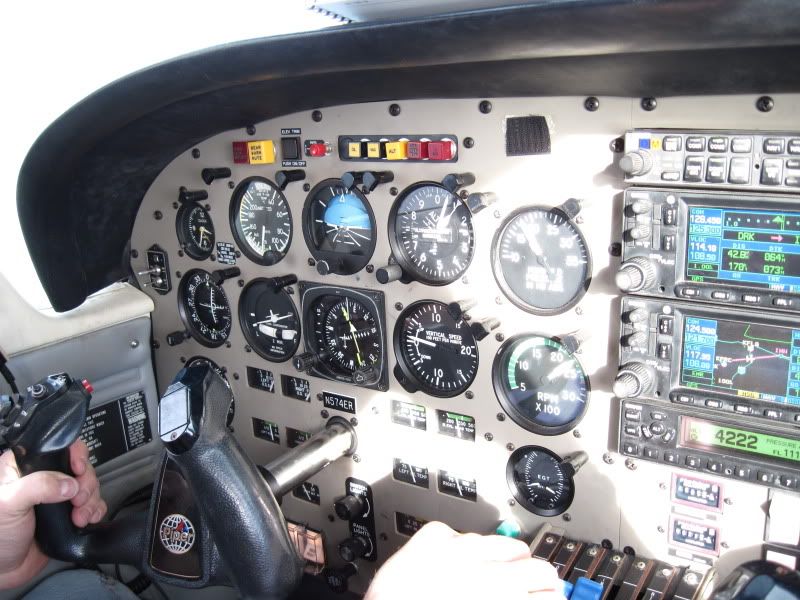
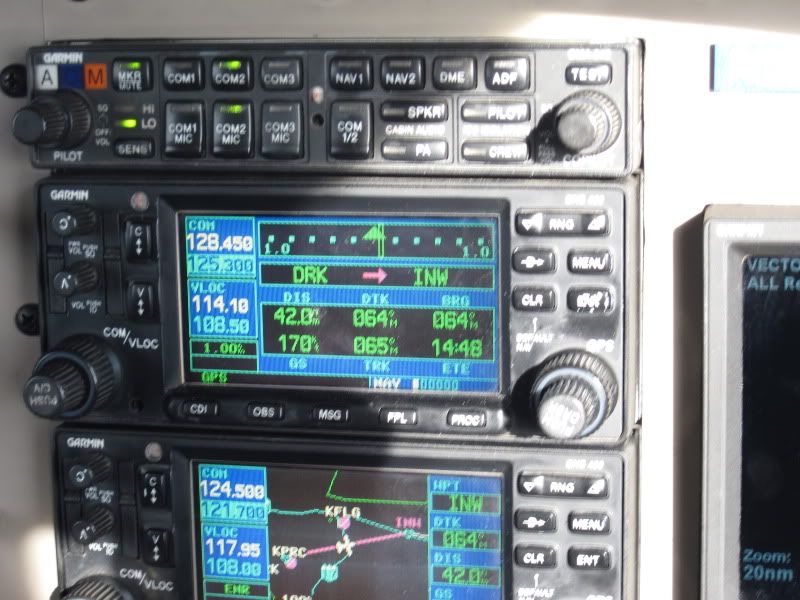
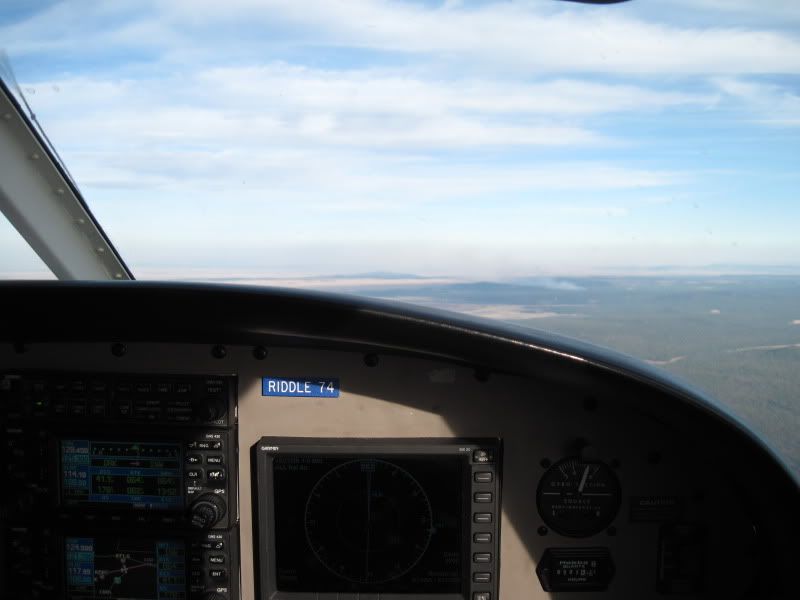
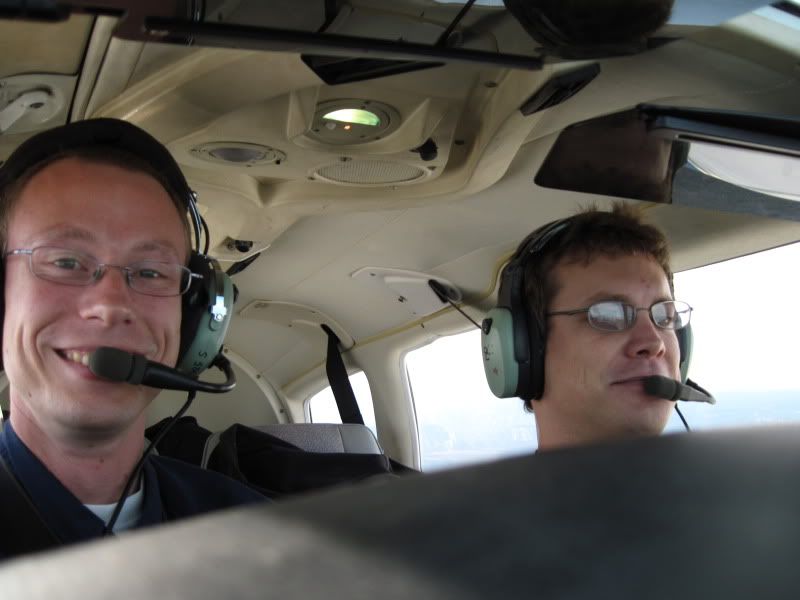
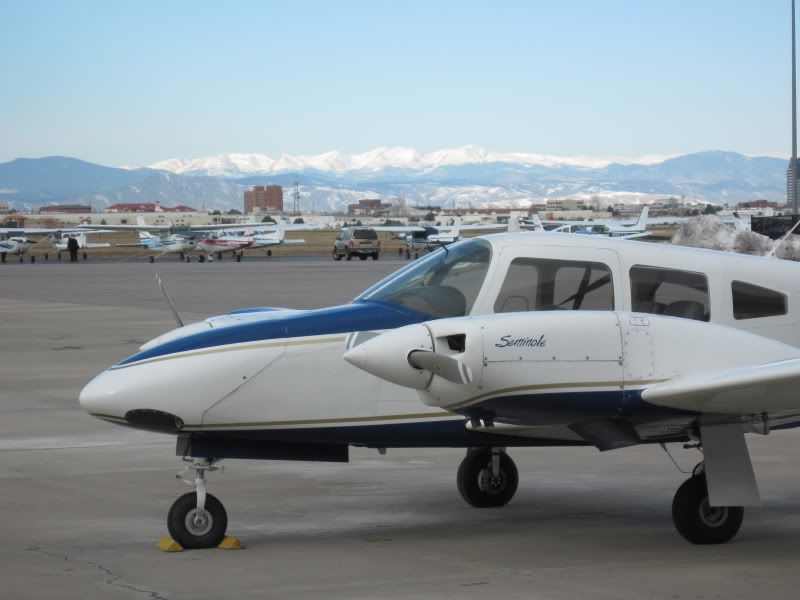


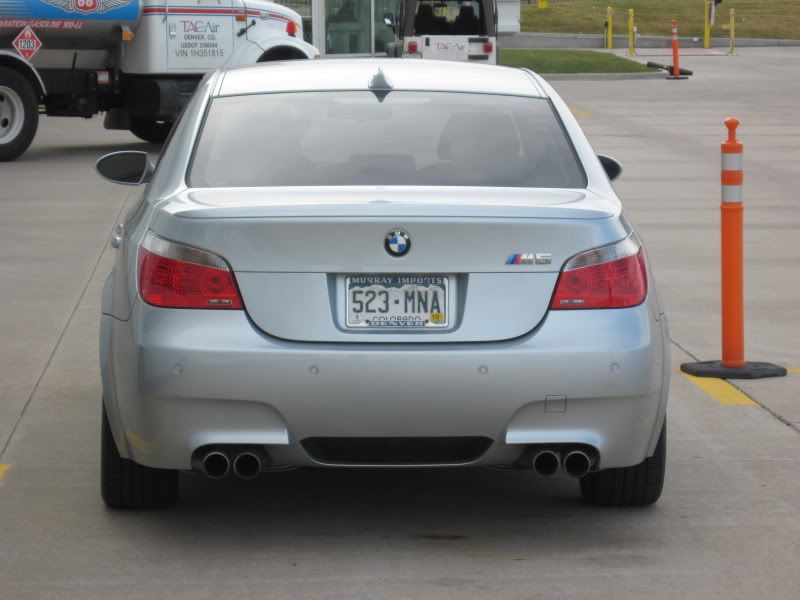

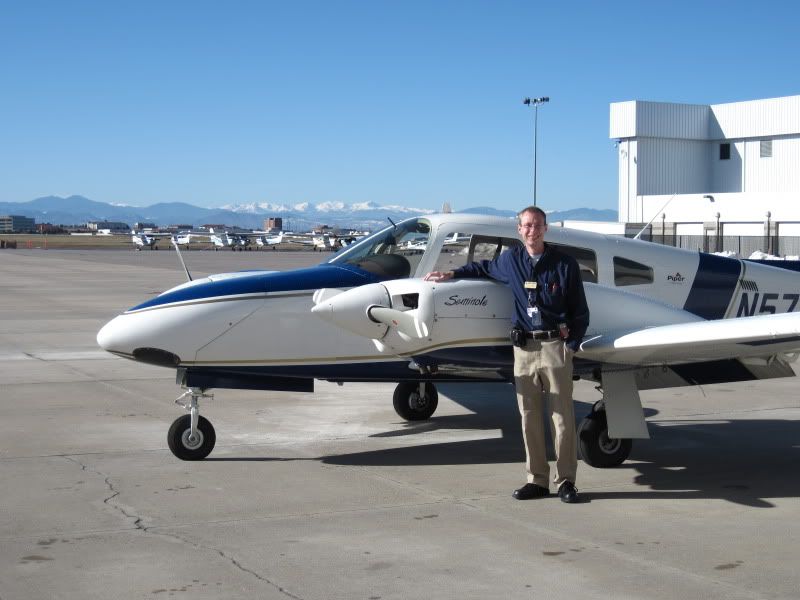
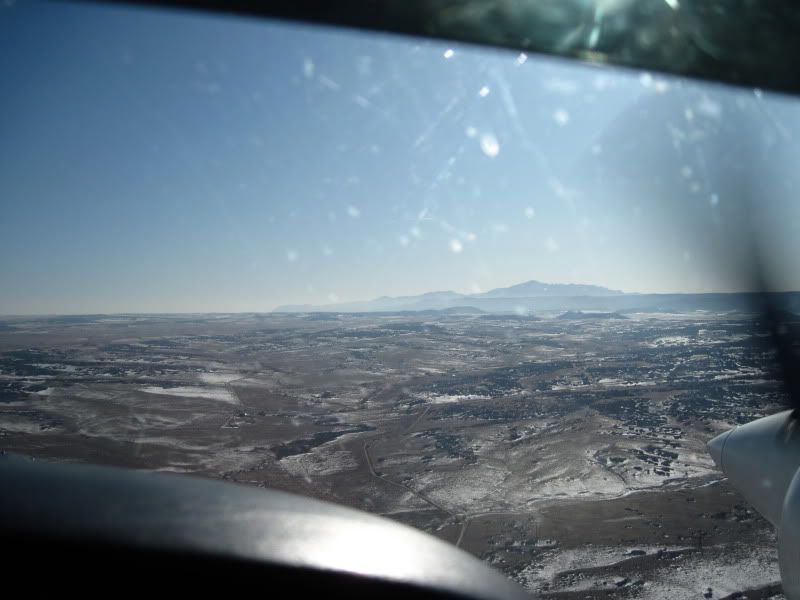
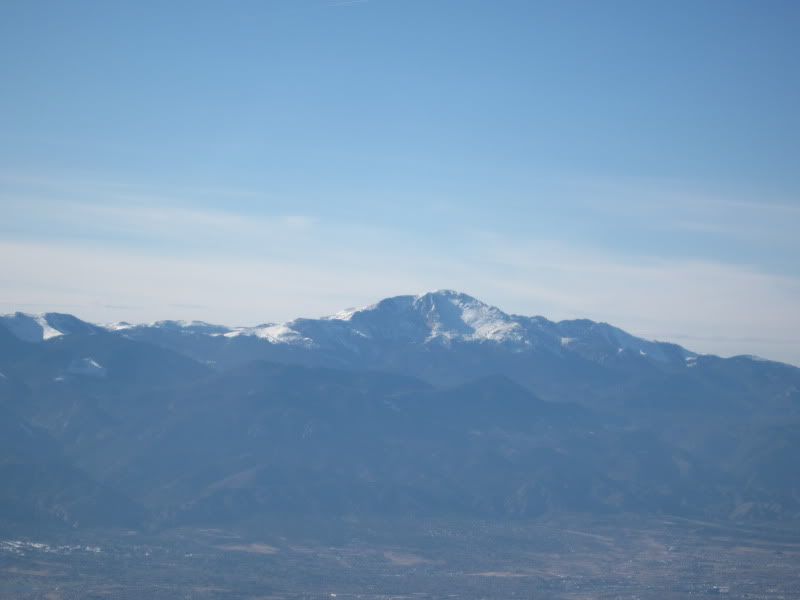

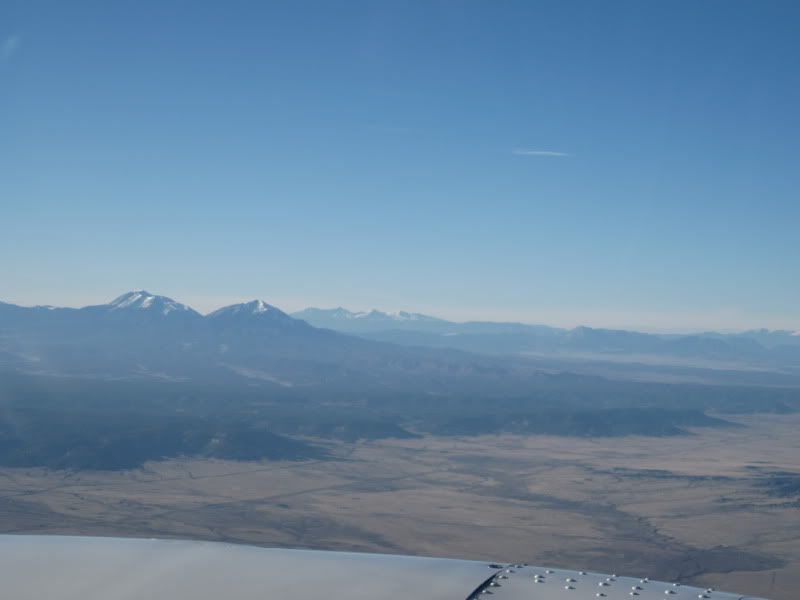
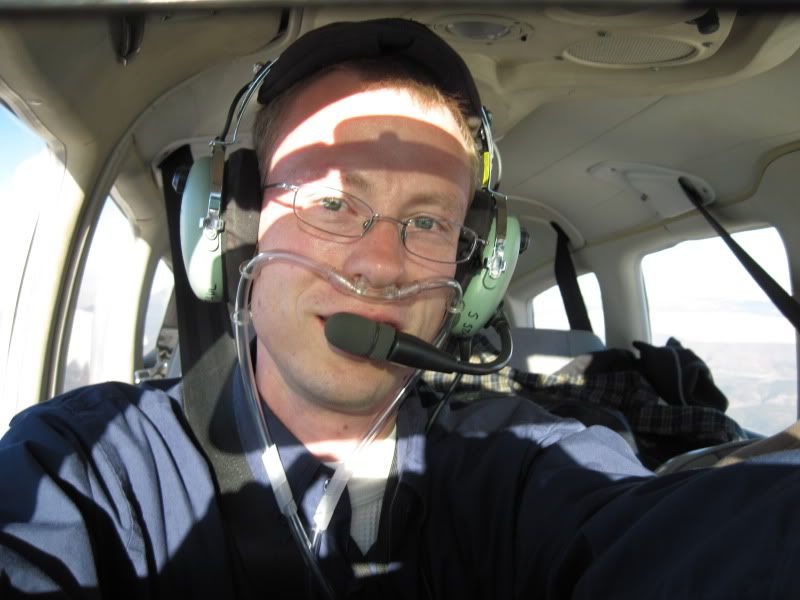

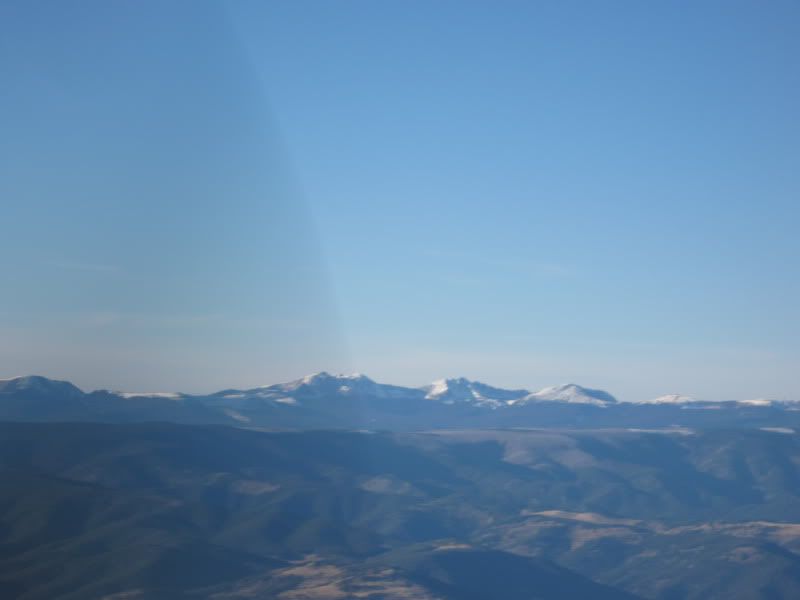
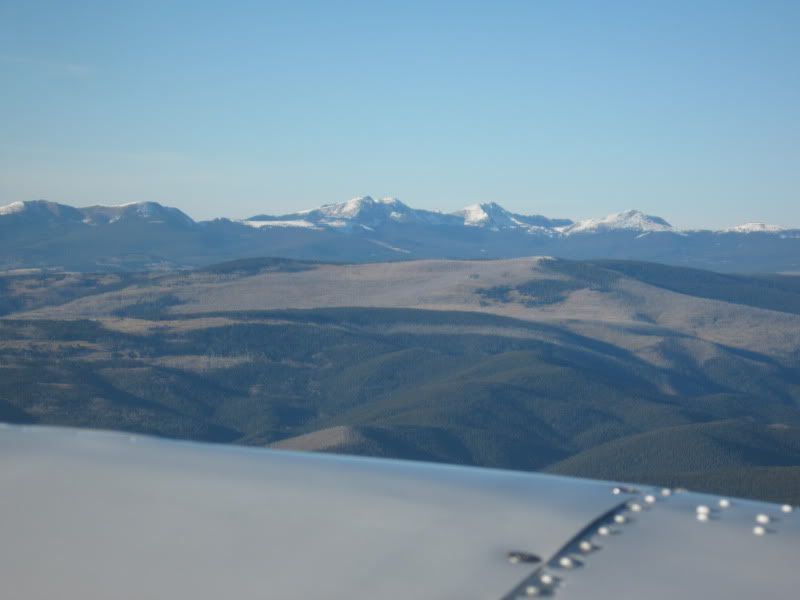

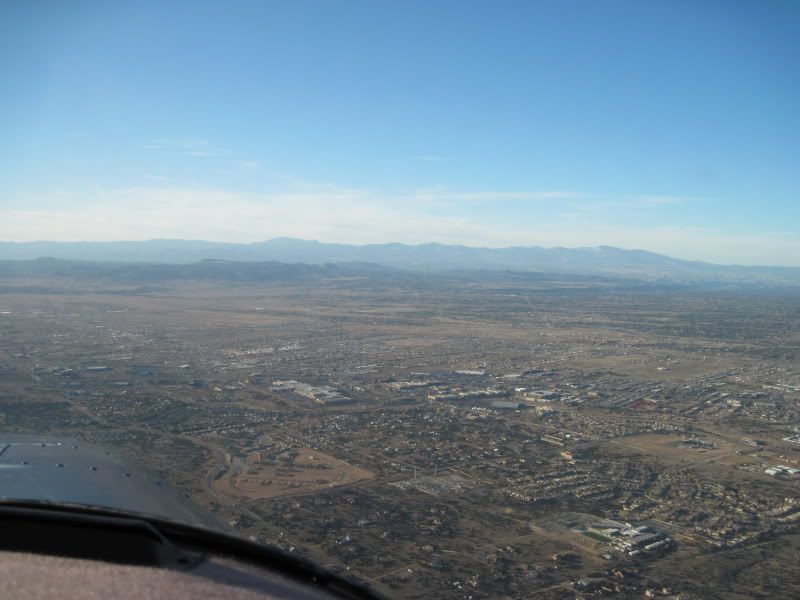

Comment